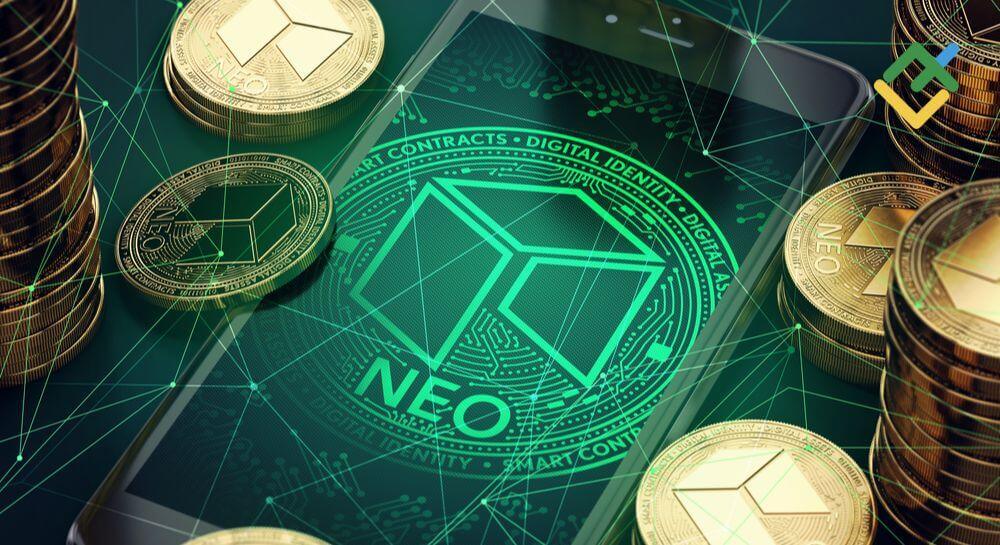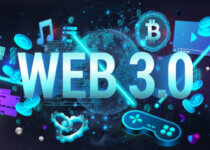Navigating the NEOverse: A Comprehensive Look at NEO Cryptocurrency
In the ever-evolving landscape of cryptocurrencies, NEO (pronounced “neo”) has emerged as a frontrunner in the field of smart contracts. This article delves into the intricacies of NEO, exploring its history, technology, functionalities, and potential impact on the future of blockchain technology.
Unveiling NEO: A Historical Perspective
NEO’s journey began in 2014 under the name “AntShares” (ANS), envisioned by Da Hongfei and Erik Zhang as a platform for digital assets and smart contracts. In 2017, it rebranded as NEO, signifying its evolution into a next-generation blockchain platform.
Here are some key milestones in NEO’s development:
- 2014: AntShares (ANS) is founded with the goal of creating a digital asset management and smart contract platform.
- 2016: ANS launches its initial coin offering (ICO), raising a significant amount of capital to fuel its development.
- 2017: The platform rebrands as NEO, marking a shift towards a more comprehensive blockchain ecosystem.
- 2018: NEO launches its mainnet, signifying the official launch of its public blockchain platform.
- 2019: NEO implements a governance system, allowing NEO token holders to participate in platform decisions.
- Present Day: NEO continues to evolve, attracting developers and businesses seeking a secure and scalable platform for smart contracts and digital asset management.
Demystifying the Technology: Core Components of NEO
NEO’s architecture comprises two key components:
-
NEO Blockchain: This public blockchain serves as the foundation for NEO’s ecosystem. It leverages a unique Byzantine Fault Tolerance (BFT) consensus mechanism called dBFT (Delegated Byzantine Fault Tolerance) to ensure security and scalability. Unlike Proof-of-Work (PoW) used by Bitcoin, dBFT utilizes a voting system among designated nodes to validate transactions, leading to faster transaction processing times and lower energy consumption.
-
NEO Virtual Machine (NEO VM): This virtual machine executes smart contracts written in various programming languages, including Python, Java, and C#. This feature allows developers to leverage their existing skillsets to build decentralized applications (dApps) on the NEO platform, fostering a more developer-friendly environment.
Beyond the Basics: Additional Features of NEO
NEO offers a range of functionalities that distinguish it from other blockchain platforms:
-
Digital Identity: NEO provides a digital identity framework that enables users to manage their identities securely on the blockchain. This can revolutionize various sectors, such as identity verification and access control.
-
Digital Assets: NEO facilitates the creation and management of digital assets on its blockchain. This paves the way for tokenized securities, loyalty programs, and other innovative applications.
-
Oracle Integration: NEO allows for the integration of oracles, which are external data feeds that connect the blockchain to real-world data. This enables smart contracts to react to real-world events, unlocking new possibilities for dApp development.
Diving Deeper: The NEO Token Economy
Two primary tokens power the NEO ecosystem:
-
NEO (NEO): This non-divisible token serves as the governance token of the NEO platform. Holding NEO grants voting rights on network proposals and the ability to earn GAS, a secondary token within the NEO ecosystem.
-
GAS (GAS): This token is used to pay transaction fees on the NEO blockchain. Unlike NEO, GAS is divisible, allowing for more granular fee payments. The total supply of GAS is capped at 100 million, ensuring its value remains stable.
Understanding the Distribution Model: Fair and Sustainable
NEO’s token distribution model is designed to be fair and sustainable. Here’s a breakdown:
- 50%: Distributed during the 2016 ICO
- 15%: Allocated to the NEO Foundation for platform development and ecosystem growth
- 15%: Reserved for early team members and advisors
- 20%: Held in developer funds to incentivize dApp development
The NEO Ecosystem: A Flourishing Landscape of Applications
The NEO ecosystem is home to a growing number of dApps and projects across various industries, including:
- Finance: Decentralized exchanges, lending platforms, and asset management tools.
- Supply Chain Management: Tracking goods and ensuring transparency throughout the supply chain.
- Identity Management: Secure and tamper-proof digital identity solutions.
- Gaming: Decentralized gaming platforms and in-game asset ownership.
This diverse range of applications showcases the potential of NEO to disrupt traditional industries and create new opportunities in the digital age.
The Road Ahead: Challenges and Opportunities for NEO
While NEO presents a compelling vision, it faces certain challenges:
-
Competition: The blockchain landscape is fiercely competitive, with established players like Ethereum vying for market share. NEO must continuously innovate and differentiate itself to attract developers and users.
-
Regulation: The regulatory landscape surrounding cryptocurrencies remains uncertain. Clear regulations can foster trust and adoption, while restrictive regulations could hinder NEO’s growth.
-
Adoption: Mainstream adoption of NEO and blockchain technology, in general, is still in its early stages. Increasing awareness and building user-friendly applications are crucial for wider acceptance.
Despite these challenges, NEO presents exciting opportunities:
-
Scalability: NEO’s dBFT consensus mechanism offers the potential for faster transaction speeds and better scalability compared to Proof-of-Work blockchains.
-
Interoperability: NEO is exploring interoperability with other blockchain platforms, enabling seamless communication and data exchange across different ecosystems.
-
Focus on Regulation: NEO’s team actively engages with regulators to ensure compliance and foster a positive regulatory environment for blockchain technology.
-
Developer-Friendly Approach: NEO’s support for multiple programming languages and its focus on developer experience can attract a wider pool of talent to build dApps on its platform.
The Future of NEO: A Potential Game Changer?
NEO’s potential impact on the future hinges on its ability to address key challenges and capitalize on its unique strengths. Here are some possibilities:
-
Revolutionizing Industries: NEO’s smart contract capabilities have the potential to disrupt various industries, from finance and supply chain management to identity management and gaming.
-
Empowering Individuals: NEO’s digital identity framework can empower individuals to manage their identities securely and control their personal data.
-
Building a Decentralized Future: NEO’s vision aligns with the broader trend towards a more decentralized future, where users have greater control over their data and assets.
Conclusion: NEO – A Promising Blockchain Platform with a Clear Vision
NEO presents a compelling proposition for developers, businesses, and individuals seeking a secure and scalable platform for smart contracts and digital asset management. Its unique features, developer-friendly approach, and focus on compliance position it as a potential game changer in the blockchain space. While challenges remain, NEO’s commitment to innovation and its focus on building a robust ecosystem position it for continued growth and potential mainstream adoption in the years to come.







